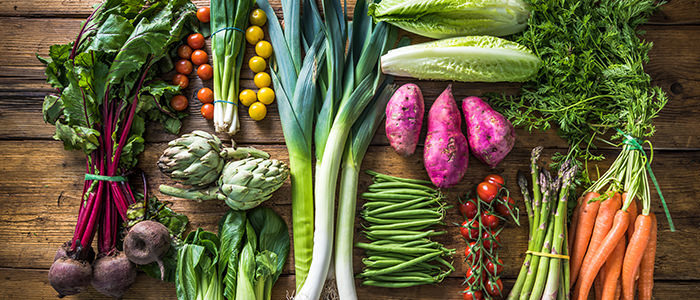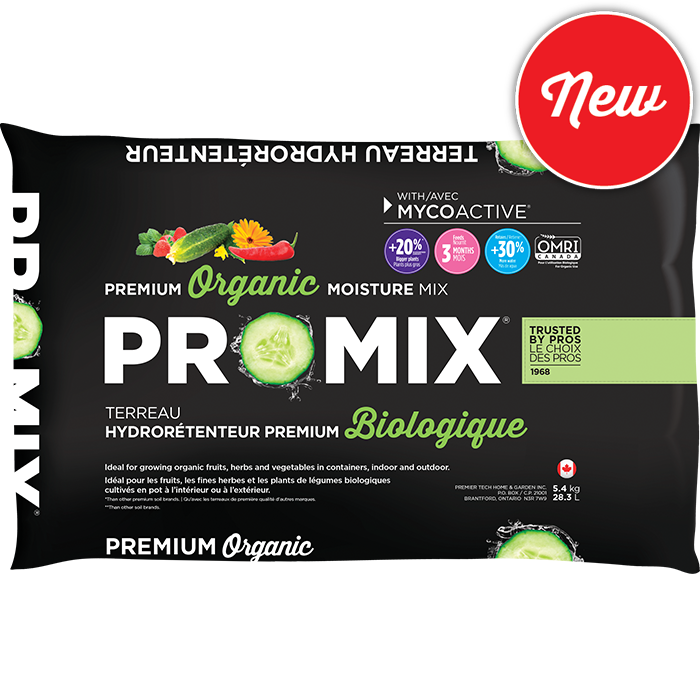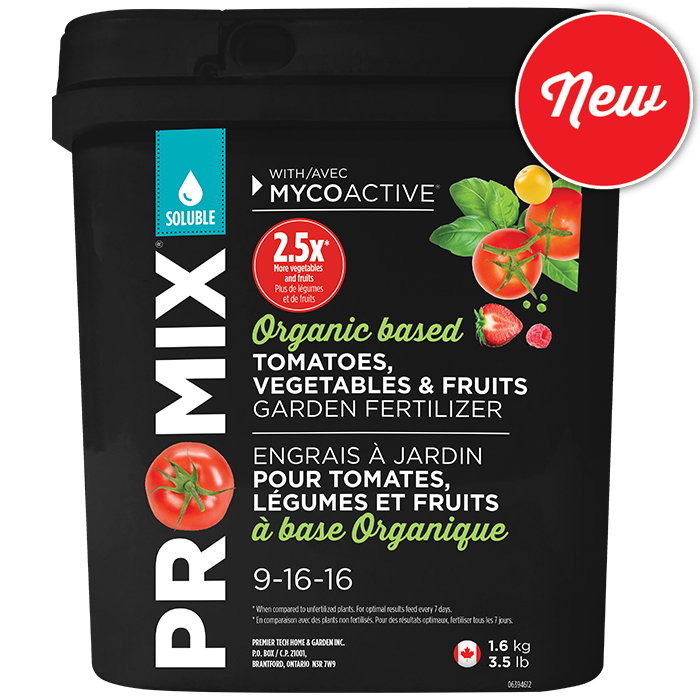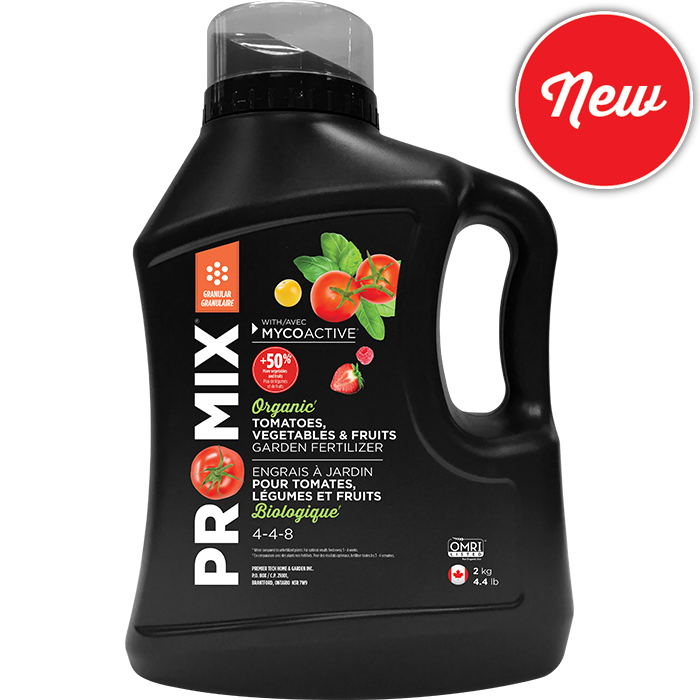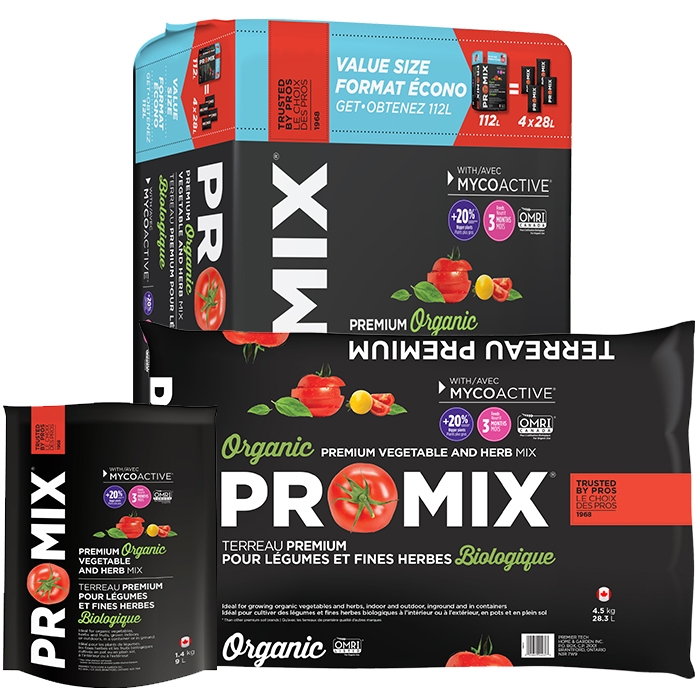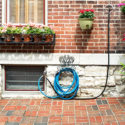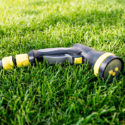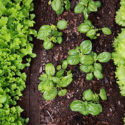If you live in the country, you likely have lots of space to grow a gorgeous garden full of fruits, vegetables, and flowers. You may even choose to grow herbs, like basil or chives. However, what if you do not have the space? If you are living in a more populated area, are renting an apartment, or otherwise cannot have a giant garden, what happens then?
The good news is you do not need to give up on your gardening entirely. There are, in fact, quite a few vegetables, fruits, herbs, and other plants you can grow in containers. Here are eight of the best vegetables you can plant and cultivate in a container.
Tomatoes
Yes, technically tomatoes are a fruit. However, when most people think of vegetable gardens, tomatoes usually make an appearance. The biggest challenge you will face when attempting to grow tomatoes in a container is watering. Tomatoes need a consistent amount of water, enough to keep the soil moist but not wet. Too much water can rot the roots, and too little will starve your plant. Try PRO-MIX Organic Moisture Mix to help keep it even.
Peppers
You can grow quite a few different peppers in a container. Good choices include jalapeno peppers, sweet peppers, and habanero peppers. The key things to remember are choosing the right size of container (at least two gallons for plants under 12 inches) and adding sufficient water to make the top of the soil moist. If you stick your finger in about an inch and the soil is dry, you need to add some water. Finally, pay close attention to how much you fertilize your soil.
Green Onions
Did you know you can actually grow your own green onions from the white part most people throw away? Just put them in some water and watch the green onion grow back. For other kinds of onions you will, of course, need to use soil. Just be sure to water regularly and follow the instructions on the seed packet.
Beans
When growing beans in a container, the biggest concern is size. Pole beans need more depth than bush beans, at about eight or nine inches, rather than six or seven. You can get roughly nine plants for every 12 inches of surface soil space in your container. You will also need vegetable fertilizer to grow your beans successfully. Aim to fertilize every month along with keeping the soil moist.
Cucumbers
The bush varieties of cucumbers are the best bet for containers. In terms of specific soil mixtures, be sure to check the instructions for the variety you purchase, use a soil designed for containers and suitable to eat food grown in it. When watering, keep the soil moist.
Lettuce
You can grow lots of different kinds of lettuce in 10-12 inch pots. Remember to keep the soil moist just about all of the time, since lettuce is mostly water. However, make sure it is moist rather than wet, since like tomatoes, overly wet roots are often fatal. Make sure the pot will drain the excess water away well. Also, be sure to avoid overcrowding the container, giving your lettuce enough space to survive.
Beets
Though beets can grow in just about any environment, making them a great choice for container vegetables, try to use potting soil. This means soil without pebbles, hard clumps, et cetera. Also to help their growth, pick a nutrient-rich fertilizer to use at least once during the process. When planting, space the beets at least two to three inches apart. Keep the soil moist when watering, but not soaked. This should mean watering every second day, on average.
Carrots
When growing carrots in pots, look for rounder and shorter varieties rather than carrots intended to be long and thin. These will thrive better in the smaller setting. All the same, you will need a container with about a foot of soil depth. Choose a loose soil for this container. Aim to plant your carrots no earlier than March for the best results. Each plant should be spaced about three inches apart. Water your carrots regularly and make sure they get partial sun.
